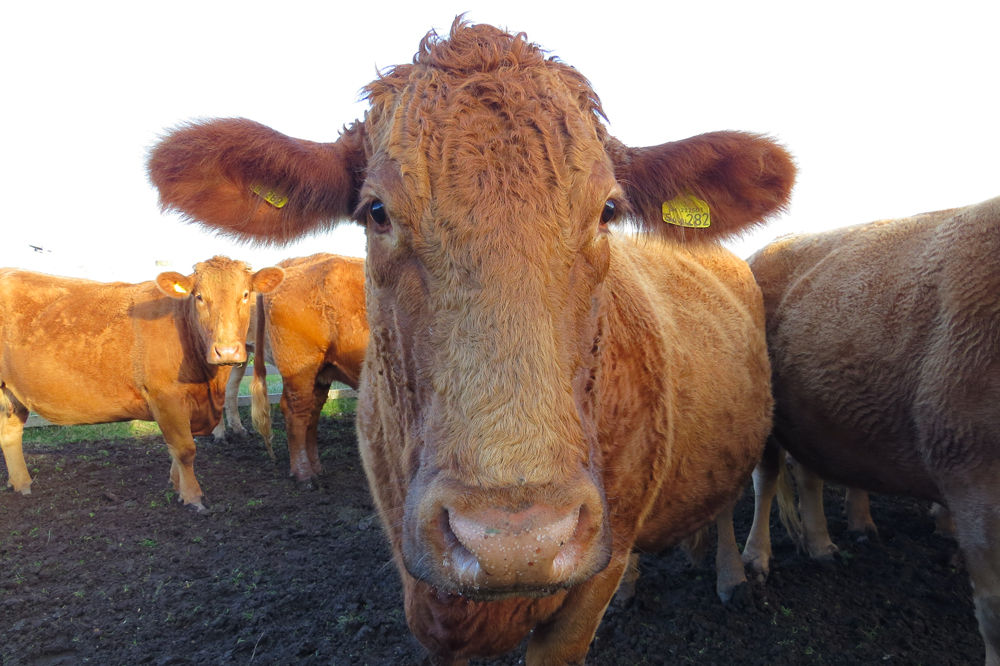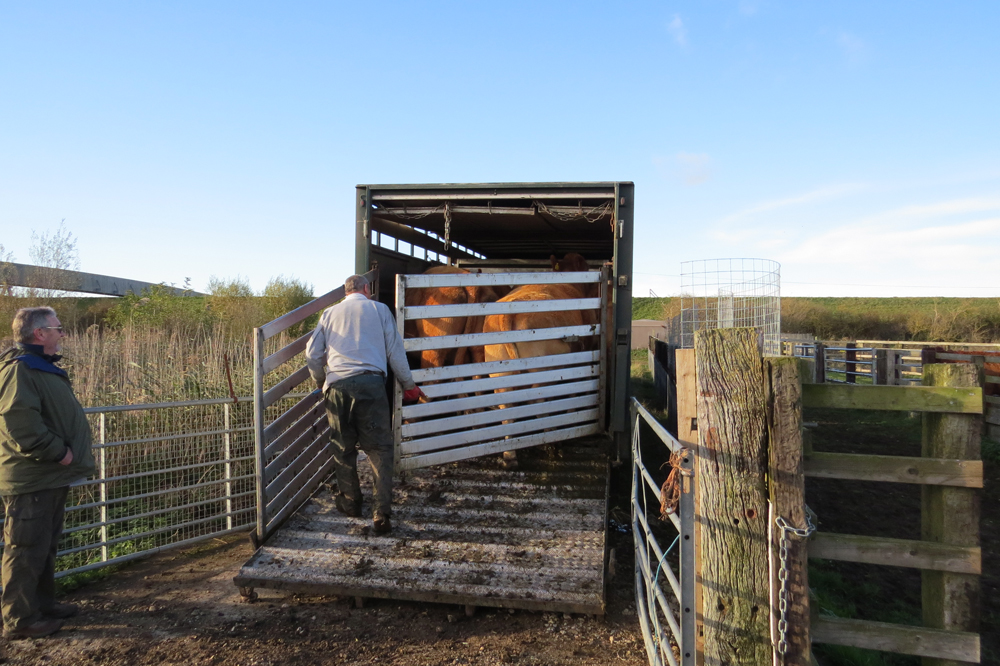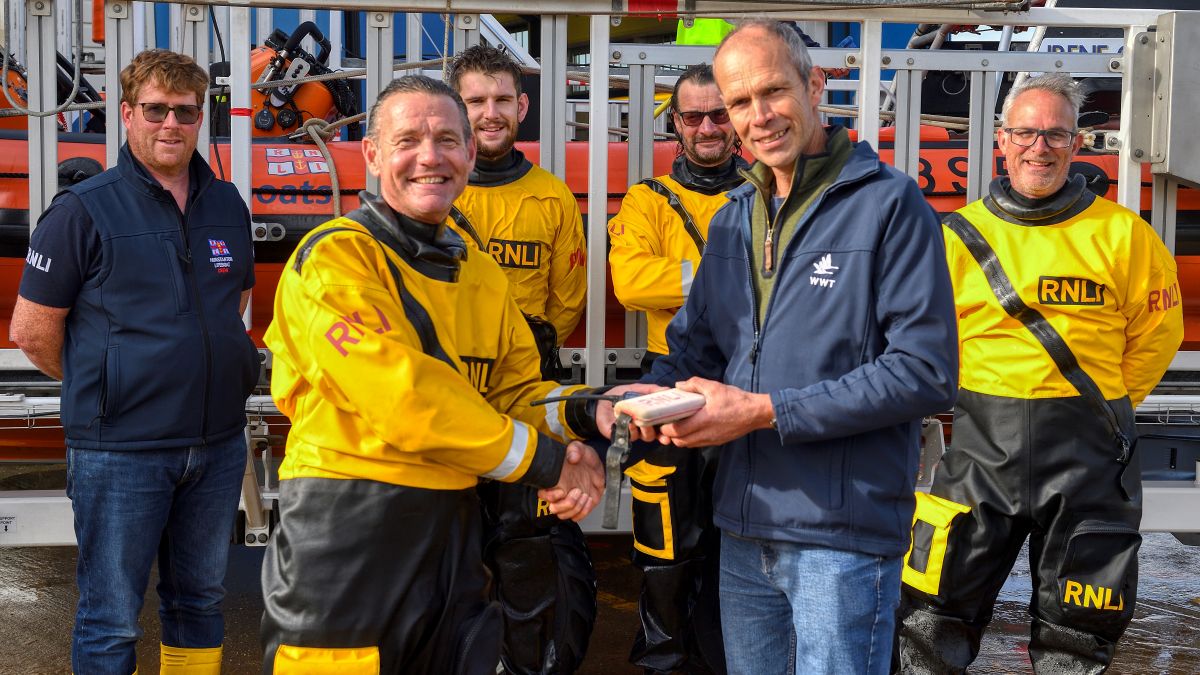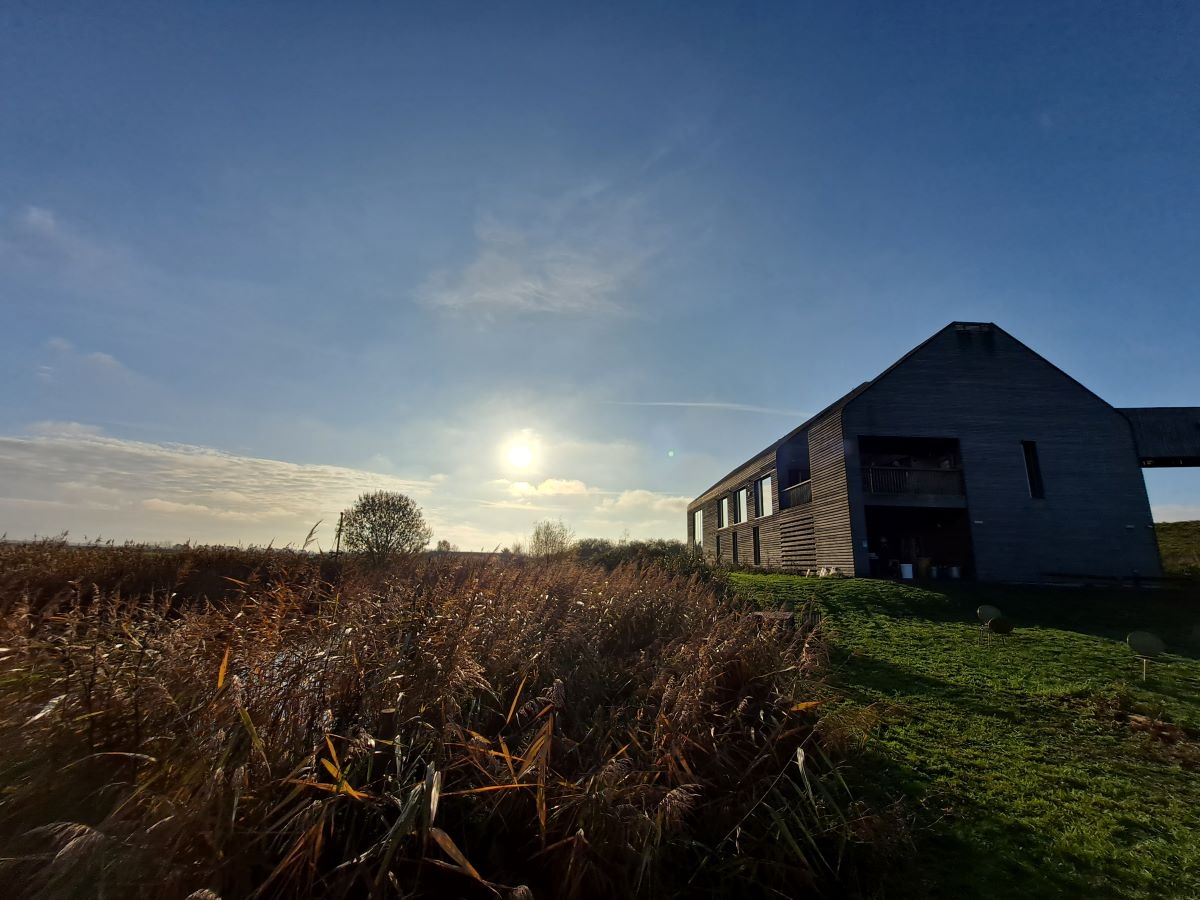Summer review

On Friday we said goodbye to the last herd of cattle as they returned to their farm. To give you an idea of the summer management carried out on the reserve by staff, volunteers, contractors and livestock, here are a few facts and figures:
- First herd of cattle arrived on 18 April, with the last herd leaving the reserve before the weekend on 18 November.
- At the peak we had 401 head of cattle on the reserve, mostly made up of suckler cows with calves at foot. The exception were a herd of bulling heifers (young cows out for their first season) running with a stock bull.
- Most herds were of mixed breeding; with Simmental cross, Aberdeen Angus cross and Hereford cross being the main breeds.
- The red-coloured cattle on Lady Fen, which could be viewed from the visitor centre, were pedigree South Devon.
- The cattle grazing gets the bulk of the grasses down to the perfect level for wintering ducks and ready for next spring's breeding birds. At the same time they are fertilizing the wetlands and 'poaching' the muddy edges of the pools and some ditch, making invertebrates available for birds to feed on.
- Alongside the grazing of the cattle, we also cut or 'top' the washes to ensure the perfect finish to the grass levels - this summer the area covered by the team was 351 hectares. That equates to the same area as 492 football pitches, and for those of you preferring Wimbledon to Wembley, that is 13,500 tennis courts!!
- If you visited in September or October you may have seen some diggers along the ditches on the reserve. They were pulling up the sediment from the waterways to improve water flow and rotate the seed bank of wetland plants. We don't do all the ditches in the same year so that is a variety of 'fresh/new' ditches and 'mature' ditches available to the wildlife. This summer 11.21km of ditches we 'slubbed'. That is the same length as 998 standard London buses.

We hope you enjoy the flocks of birds that will be attracted over the winter, by all the hard work the team has put in. Our role of managing the washes from summer, turns into monitoring of the birds for the winter. Each month we carry out counts of birds, monitoring ringed swans and helping visitors identify the wealth of wildlife on our wetlands. The pre-winter works also mean that the vegetation will keep this height as it lays dormant under any winter flooding (this varies each winter), being revealed next spring ready for the breeding season.



